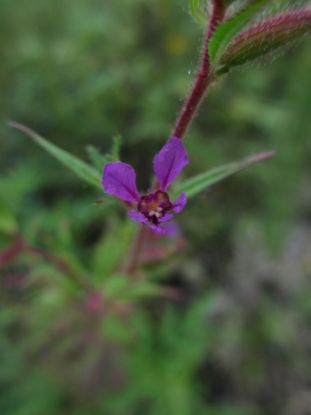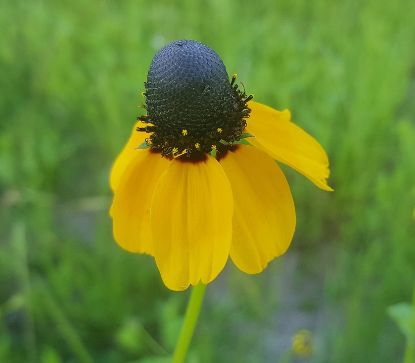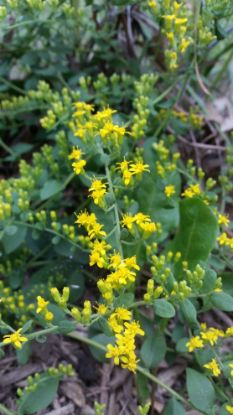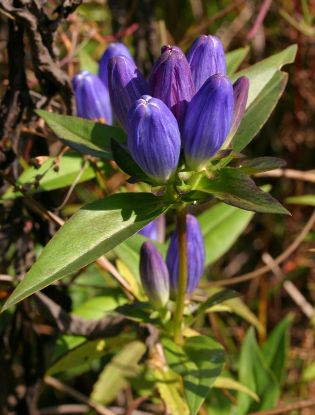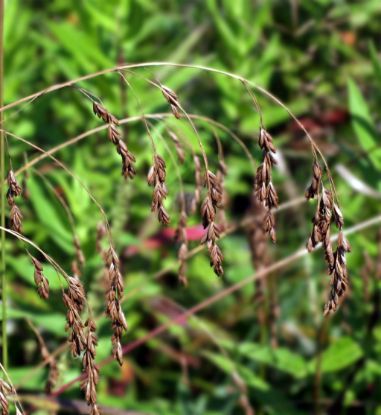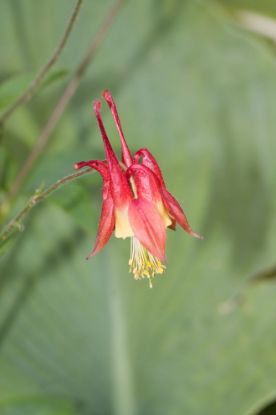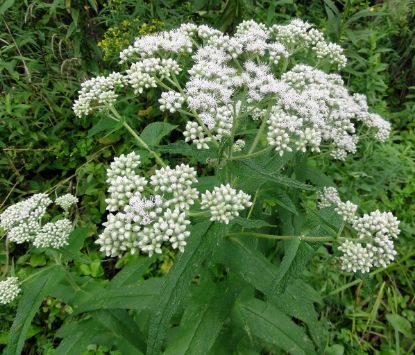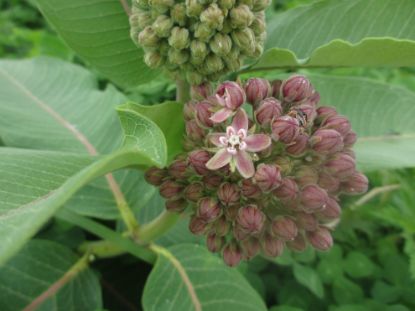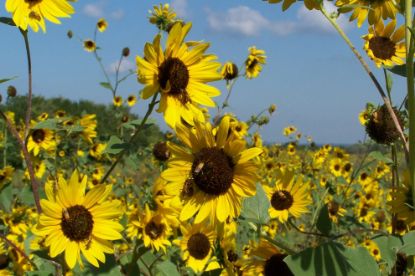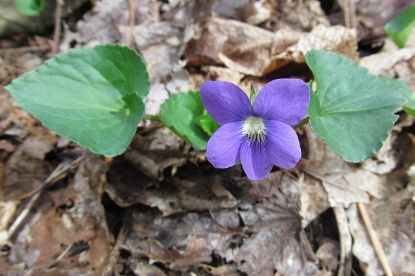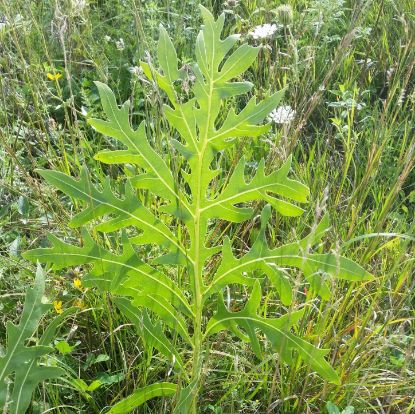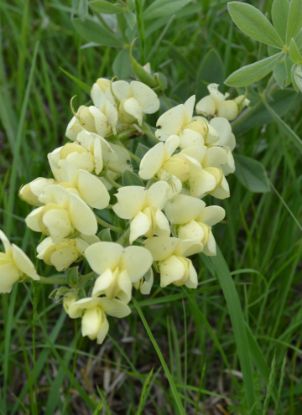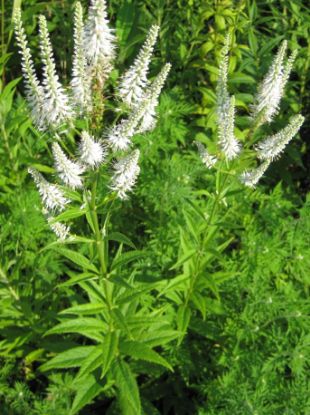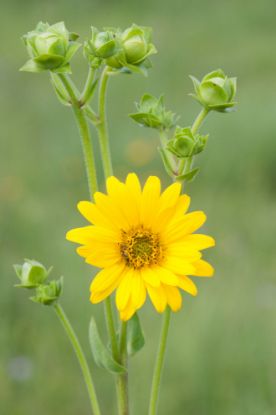Filter by attributes
Products
Sort by
Display
per page
View as
305 products found
Clammy Cuphea (Cuphea viscosissima)
Annual, so make sure seeds reach bare ground for replanting. Cute little purple flowers attract hummingbirds. Can get weedy. "Clammy" because of the sticky stems.
I'm sleeping right now. See you in the spring.
From $6.00
Clasping Coneflower (Dracopis amplexicaulis)
Annual, so allow to reseed in bare soil. Does not tolerate dry soil. Beautiful bi-color bloom.
I'm sleeping right now. See you in the spring.
From $6.00
Cliff Goldenrod (Solidago drummondii)
As the common name indicates, it can be grown in stone walls. A study in KC showed that Solidago is one of the plant genera in our area that attracts the largest number of different bee species.
I'm sleeping right now. See you in the spring.
$6.00
Closed Gentian (Gentiana andrewsii)
Mostly pollinated by bumblebees because they are big enough to pull open the flowers to get into the nectar. Can be slow to establish.
I'm sleeping right now. See you in the spring.
$6.00
Cluster Fescue (Festuca paradoxa)
A cool season grass that looks similar to Festuca subverticillata but prefers more sun.
I'm sleeping right now. See you in the spring.
From $6.00
Columbine (Aquilegia canadensis)
One of the first plants to provide nectar in the spring. Individual plants only live a few years, but readily self-seeds to provide new plants.
I'm sleeping right now. See you in the spring.
$6.00
Common Boneset (Eupatorium perfoliatum)
Spreads aggressively through rhizomes, so better suited for a larger, wild garden. Great pollinator plant. Historically used for many medicinal purposes - all parts of plant are toxic and bitter.
I'm sleeping right now. See you in the spring.
$6.00
Common Milkweed (Asclepias syriaca)
Monarch butterfly candy - they love this milkweed! Spreads rapidly; can be "weedy." Plant with grasses or other competitive perennials and/or weed regularly.
I'm sleeping right now. See you in the spring.
$6.00
Common Sunflower (Helianthus annuus)
Kansas state flower. This is likely the sunflower that you're admiring on the side of the road in late summer. Birds love the seeds. An annual, but will reseed. May need to be staked. Grows well in dry, poor conditions.
I'm sleeping right now. See you in the spring.
$6.00
Common Violet (Viola sororia)
Some consider this a lawn weed, but it is a beautiful native that tolerates a wide range of conditions. Can be massed as a groundcover. Leaves and flowers are one of the most common native edibles.
I'm sleeping right now. See you in the spring.
From $6.00
Common Wood Sedge (Carex blanda)
Can tolerate a wide range of conditions. Short, mounding sedge. Evergreen.
Out of stock
$6.00
Compass Plant (Silphium laciniatum)
Called compass plant because the leaves tend to orient on a north-south axis. Will likely take 3 years to bloom - puts down a very long tap root the first 2 years.
I'm sleeping right now. See you in the spring.
$6.00
Cream Baptisia (Baptisia bracteata)
A shorter, sprawling Baptisia. Great for early pollinators. Grows best in sunny locations with other short perennials and grasses for support. May take several years to establish before bloom.
I'm sleeping right now. See you in the spring.
$6.00
Culver's Root (Veronicastrum virginicum)
A tall, structural plant with whimsical blooms. Prefers sunny, moist spots; may flop in too much shade; good for wetter rain gardens but it doesn't like to dry out. May be cut back after first bloom for a possible second bloom in the fall.
I'm sleeping right now. See you in the spring.
$6.00
Cup Plant (Silphium perfoliatum)
Birds love the seeds. Can be aggressive.
I'm sleeping right now. See you in the spring.
$6.00
